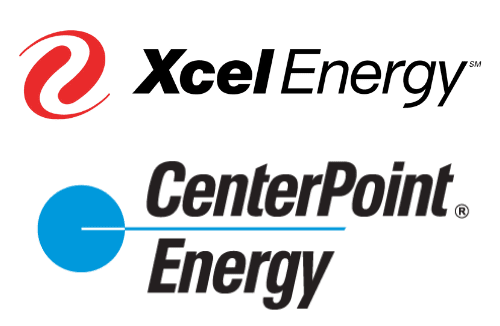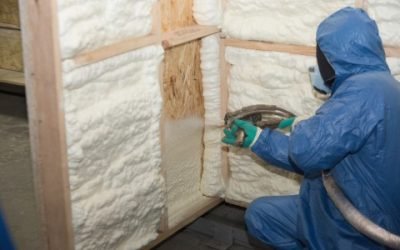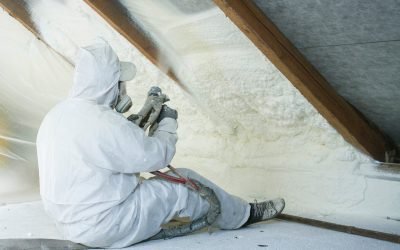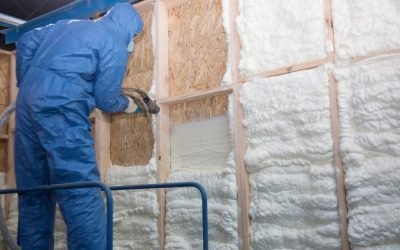Spray Foam Insulation Company Bloomington MN | Fiberglass vs. Spray Foam Insulation
Last Updated on June 18, 2024 by Spray Foam Insulation Plus
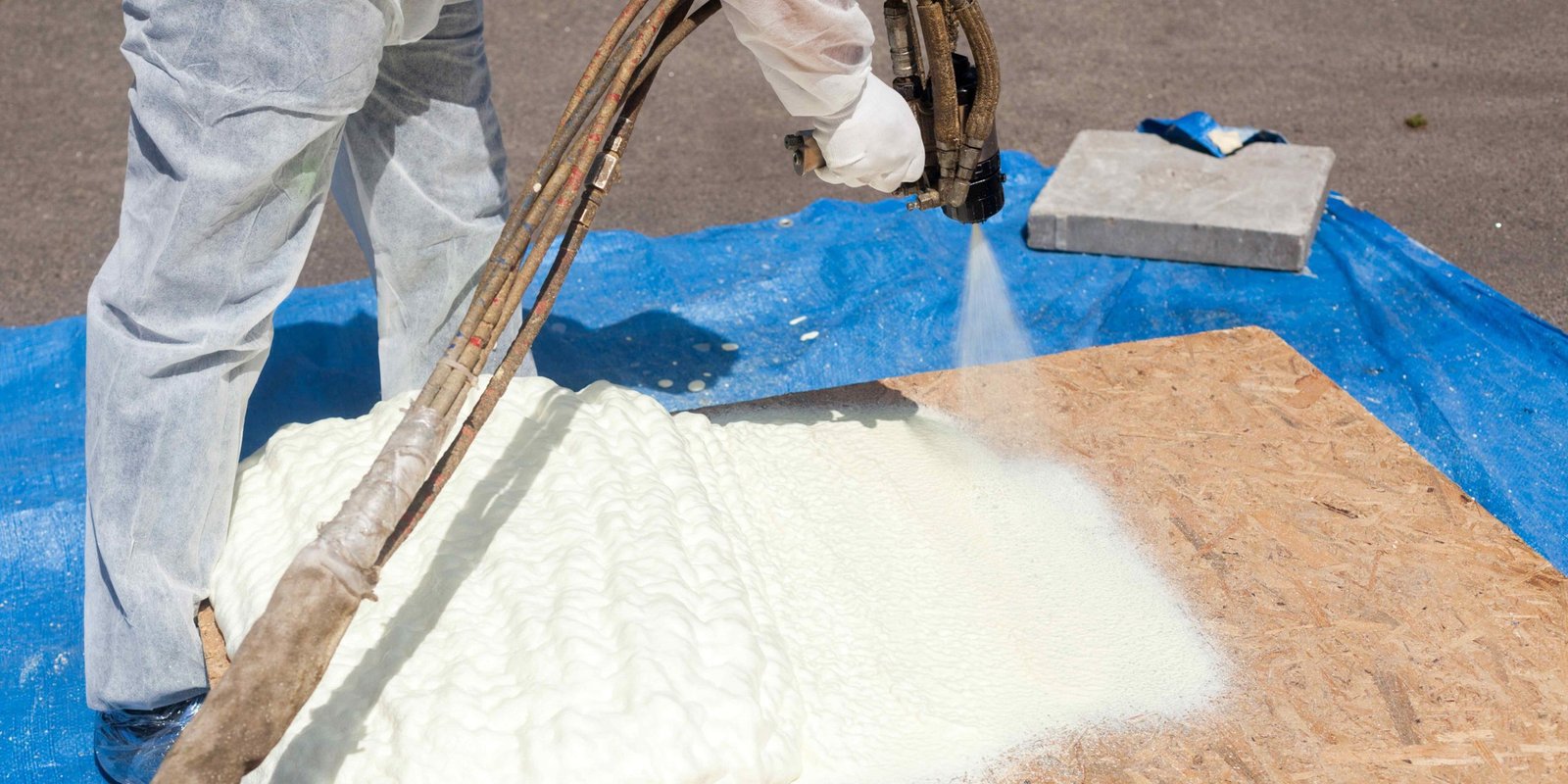 If you are building a new home or renovating an existing one, there are many different kinds of insulation to choose from. One recent advancement in the world of residential insulation is spray foam insulation. Spray foam is quickly becoming the go-to option for homeowners and builders who are looking to make energy efficient decisions that are going to save them money over time. It also has a long life expectancy, tends to be very durable, and has a high R-value per inch compared to other types of insulation. Traditional fiberglass insulation is another great option for those looking at insulating a home or business. There are pros and cons to each type of insulation, and deciding which one will work best for your home or business can be confusing. So let’s look at some things you should know about spray foam vs fiberglass insulation before taking the plunge and insulating your home! Spray Foam Insulation Company Bloomington MN
If you are building a new home or renovating an existing one, there are many different kinds of insulation to choose from. One recent advancement in the world of residential insulation is spray foam insulation. Spray foam is quickly becoming the go-to option for homeowners and builders who are looking to make energy efficient decisions that are going to save them money over time. It also has a long life expectancy, tends to be very durable, and has a high R-value per inch compared to other types of insulation. Traditional fiberglass insulation is another great option for those looking at insulating a home or business. There are pros and cons to each type of insulation, and deciding which one will work best for your home or business can be confusing. So let’s look at some things you should know about spray foam vs fiberglass insulation before taking the plunge and insulating your home! Spray Foam Insulation Company Bloomington MN
How Does Spray Foam Insulation Work?
Spray foam insulation is injected into the space between a wall and ceiling, or other surfaces such as floors. The foam expands to fill in any gaps between walls, ceilings or other surfaces before it sets. Spray foam can be used on any type of surface including metal studs for areas that require fire protection.
Spray foam insulation is especially popular because of its versatile nature: it can be used anywhere from attics to basements to crawl spaces, on roofs or under flooring materials like tile or hardwood flooring. It provides an excellent air barrier that helps prevent air leaks through walls and floors which can cause energy loss in your home throughout the year by allowing outside air flow into your house –something traditional fiberglass insulation won’t do!
Improve Air Quality
While keeping your home warm and comfortable is certainly a priority, it’s also important to take into consideration the health of your family. Fiberglass insulation has been shown to have some benefits with regard to air quality by trapping dust particles, thus reducing the amount of dust that ends up in your homes’ air supply. However, spray foam insulation has proven to be even more effective at this task.
The ability of spray foam insulation to effectively control indoor air quality is one reason why it’s often used in hospitals and other buildings where people are particularly vulnerable and susceptible to health problems caused by poor air quality–and it could be just what you need if you or someone you love suffers from allergies or asthma.
Save Money
If you’re looking to reduce your energy bills, spray foam insulation can be a good investment. It can also make your home more comfortable and increase its value.
- Save money on energy bills. Spray foam is denser than traditional fiberglass insulation, which means that it traps more heat within the spaces it fills. This helps keep your home warm in winter and cool in summer, reducing the amount of energy needed for heating or cooling a space by up to 40%.
- Make your home more comfortable year-round. In addition to saving you money on heating and cooling costs over time, spray foam insulation also keeps homes warmer during cold winters and cooler during hot summers—without compromising indoor air quality!
How Much Does Insulation Cost?
The price of both types of insulation depends on the type of insulation, its density and thickness. However, spray foam insulation is more expensive than fiberglass in most cases. For example, fiberglass batts are typically sold in 6-inch by 48-inch rolls at a cost of $0-$2 per square foot while spray foam can cost anywhere from $1-$3 per square foot depending on the size of your home and what company you hire to install it.
As mentioned earlier, you’re looking at a one-time cost for spray foam installation which is more expensive upfront but saves money over time since there are no recurring maintenance costs involved like with fiberglass batts or cellulose insulation which need to be replaced every few years due to wear and tear caused by dust particles settling on them over time as well as bug infestations that may occur if moisture gets trapped behind loose edges during insulation installation.
Environmental Impact
You may have heard that spray foam insulation is bad for the environment, but that’s not true. In fact, it’s one of the most environmentally-friendly ways to insulate your home—and here’s why:
- Spray foam insulation is made from recycled materials. This can include glass bottles, old newspaper and magazines, scrap plastic and other waste products collected from businesses or households. Recycled content helps reduce greenhouse gas emissions by using less new material than virgin (unrecycled) products would require.
- Spray foam insulation is a closed-cell product which means it does not absorb moisture or other gases from its surroundings like fiberglass does—making it resistant to mold growth inside your home!
Climate Factors
If you live in a hot climate, spray foam insulation is the better choice. When fiberglass insulation absorbs moisture and sweat, it can become brittle and lose its effectiveness as an insulator. Spray foam doesn’t absorb moisture like fiberglass does, so it will last longer under harsh conditions. Both types of insulation are able to withstand extreme temperatures well—spray foam is just more effective at keeping heat out and cold in than fiberglass is.
Moisture Control
Spray foam insulation is better at moisture control. It’s also the only type of insulation that provides a vapor barrier, which is crucial for humid climates. When it comes to moisture and mold, spray foam can help keep your home dried out faster than fiberglass. Spray foam has been shown in studies to reduce the amount of moisture in a home by up to 50%.
Fiberglass doesn’t provide much resistance against water penetration when compared with other types of insulation materials like cellulose or fiber glass batts. Fiberglass batts are permeable, which means they allow air movement but not water vapor transmission through their fibers. This allows for condensation on both sides where you’re installing them—inside and outside of your walls/attics/etcetera (see diagram below). When this happens, moisture will collect within your walls or attic causing damage over time from mold growth and structural decay due to rot from wood beams made from cedar shake shingles (which aren’t very durable).
Spray Foam Insulation Company Bloomington MN
When comparing fiberglass vs. spray foam insulation, both have their pros and cons. Spray foam is a great option for those who want to save money on their energy bills over time or who want to go green and use an environmentally friendly product. However, it does come with some downsides like higher installation costs and the need for professional insulation help from someone who knows how to do it correctly. If you are looking for something that requires no maintenance over time and can be installed by yourself at a lower cost then fiberglass may be your best bet. You can learn more about insulation by contacting us at Spray Foam Insulation Plus in Bloomington, Minnesota!
Spray Foam Insulation Company Bloomington MN
Spray Foam Insulation Company Bloomington MN
Spray Foam Insulation Company Bloomington MN
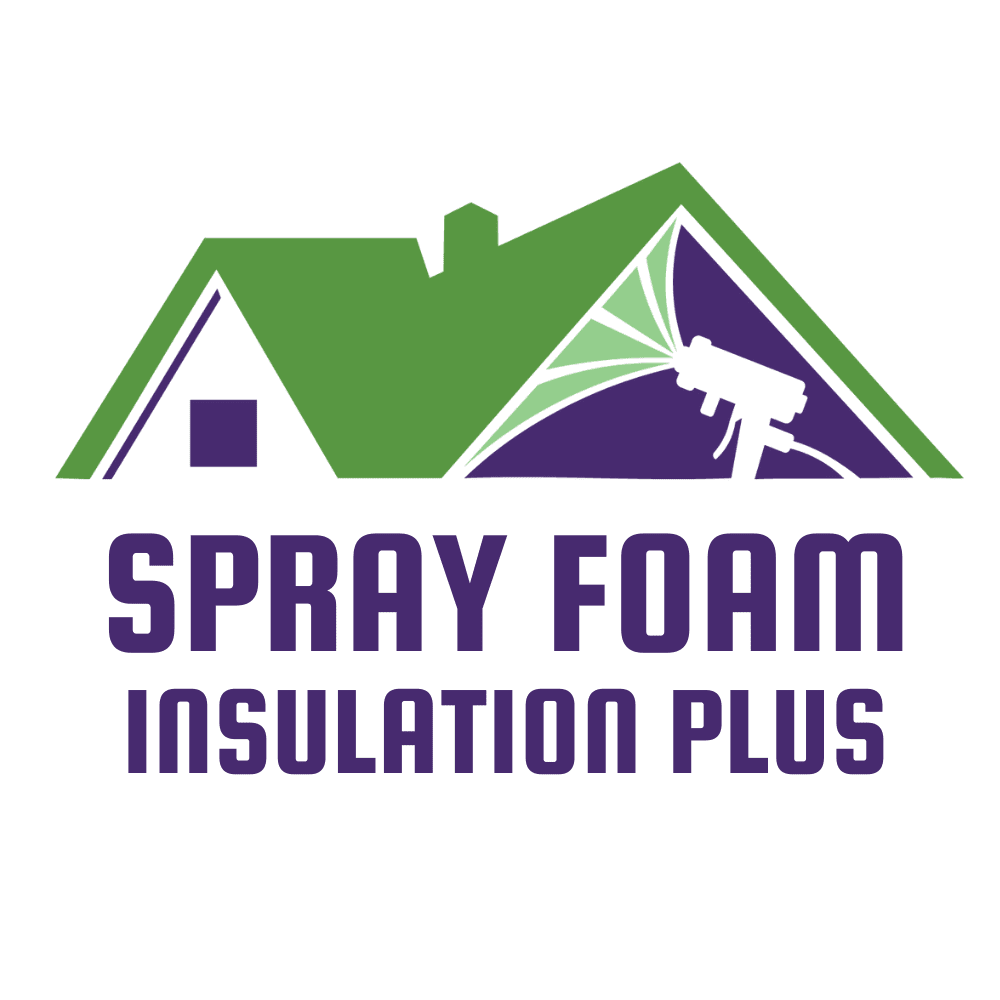
Tags
Preferred Contractors of:
